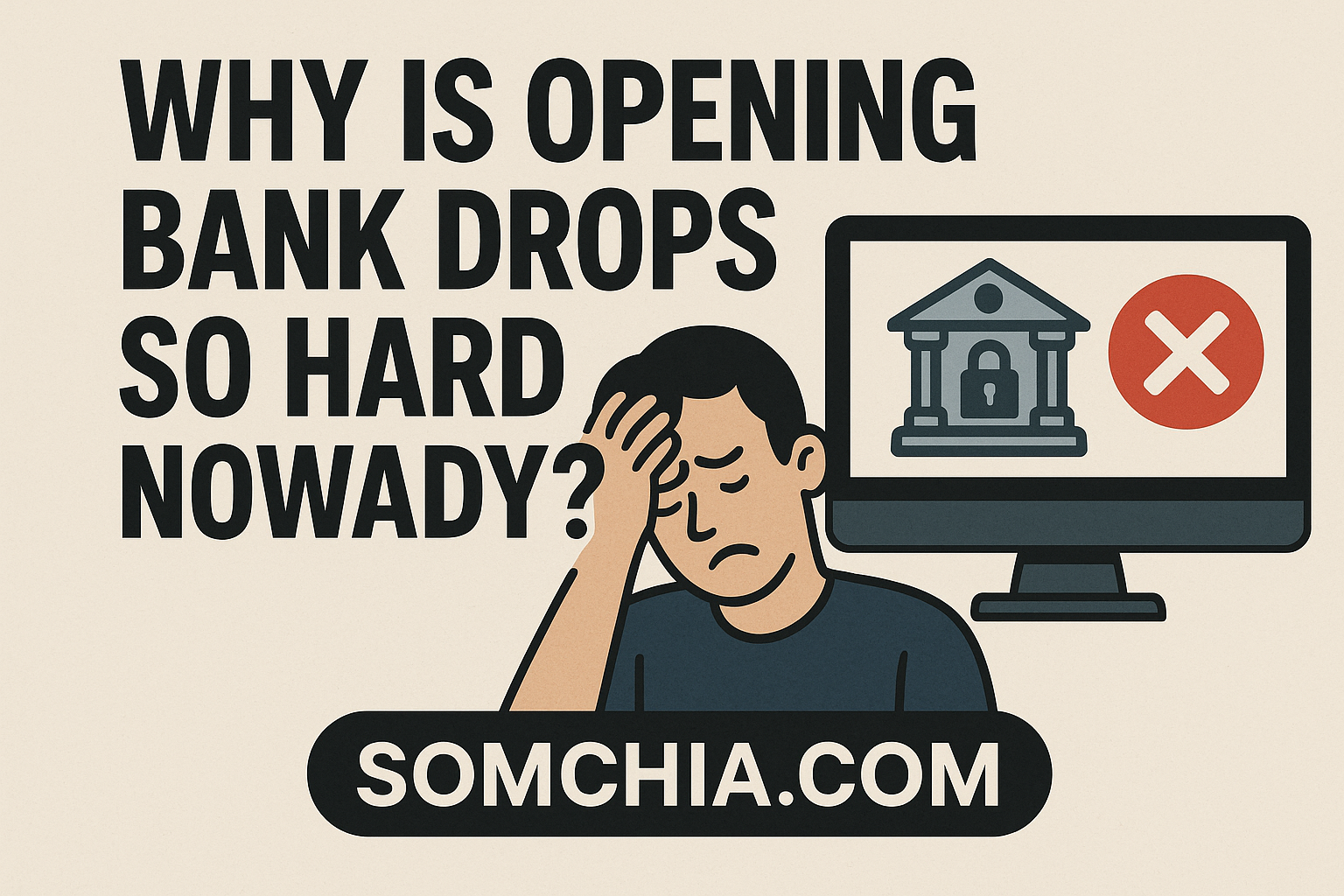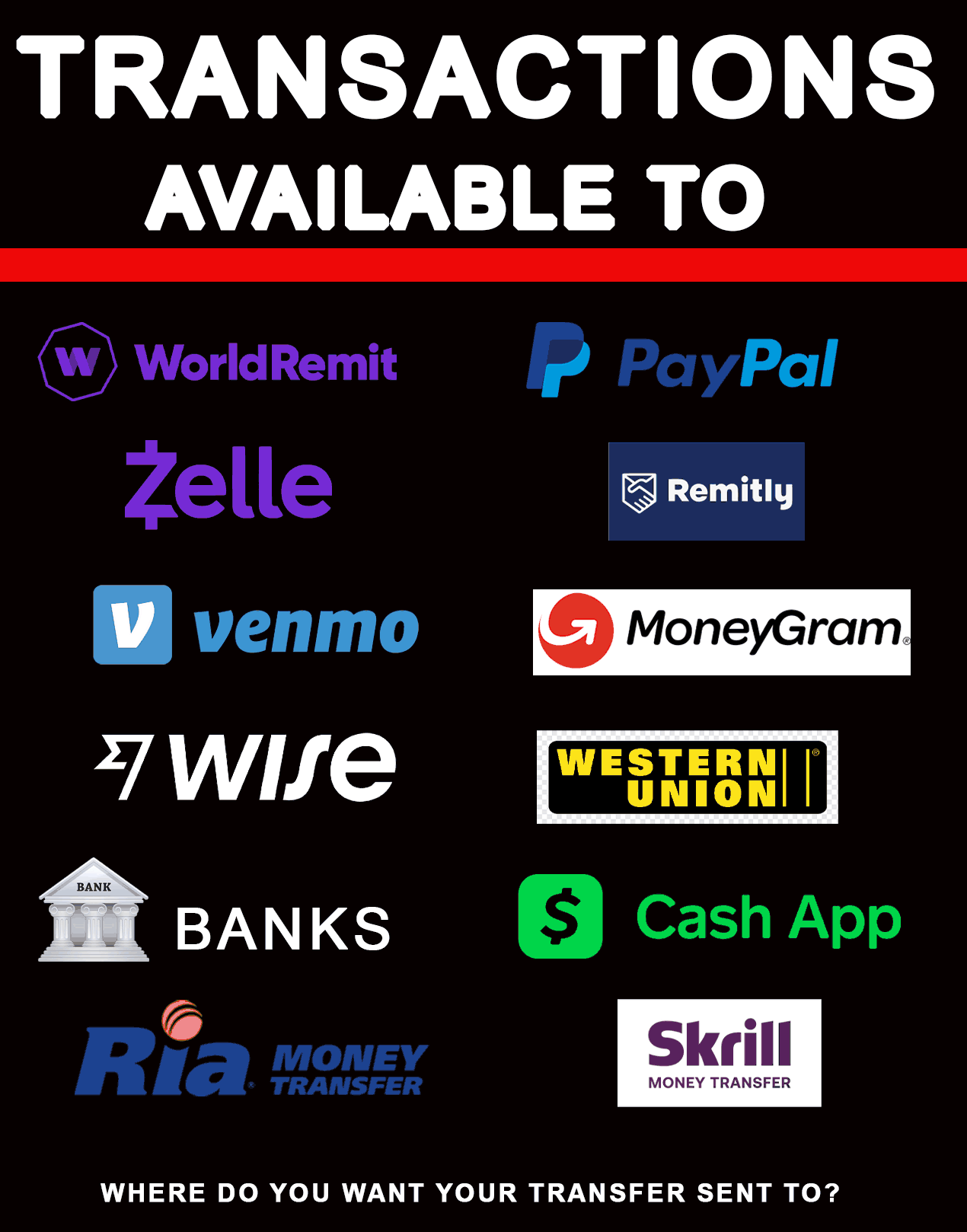Let’s not sugarcoat it. The era of easy bank drops is dead—and anyone who tells you otherwise is either selling a fantasy or hasn’t touched a real setup since 2018. If you’re out there pounding the digital pavement, sweating through apps, crafting squeaky-clean profiles, and still getting auto-denied before the credit questions even load, you’re not alone. I see you. I am you. And it’s time we had a real conversation about why this game has changed, why it’s harder than ever to slide through the cracks, and why that might not be such a bad thing if you’ve got the guts to evolve.
The Cat-and-Mouse Game Got Smarter
You see, this whole hustle—this delicate dance of digital deception—was never going to stay easy. Every time someone ran a flawless drop with a burner number and a leased identity, banks took notes. Every time a carder drained a business account with synthetic IDs and laughed all the way to Western Union, the institutions adapted.
Fraud prevention isn’t what it used to be. We’re talking advanced pattern recognition, behavioral biometrics, AI-driven risk engines that know more about you than your ex. And those “old head” techniques? They’re fossils in the age of machine learning.
“When people commit fraud, the affected institution increases their anti-fraud measures.”
One of the voices in a forgotten forum thread said this, and it echoes the hard truth we’ve all had to learn. The banks aren’t just defending anymore—they’re hunting. They’ve learned. They’ve adapted. And if you haven’t, then you’re just digital chum waiting for the net.
Burners, Backgrounds, and Broken Dreams
Let’s break it down: Your setup is “clean,” fraud score is under 25, maybe you’ve got synthetic info tied to a credit profile and a burner plugged in. But you’re still getting blocked. Why?
Because data validation has reached religious levels of scrutiny. Banks now cross-reference the phone number on the application against decades of telecom data. You’re using a Twilio number or a prepaid SIM? They know. They instantly know. No match to public records? Welcome to auto-denial hell.
One user in that same thread tossed a nugget of wisdom:
“Use an address that is on the profile credit report and add burner number to credit profile by buying soft pull inquiries…”
Not bad advice. But here’s the issue: that’s yesterday’s solution for today’s firewall. Soft pulls and burner layering used to fool the system, but now the system’s looking deeper—into background reports, device fingerprints, even mouse movement. Yes, they know if you’re using a spoofed browser fingerprint. They can smell a VM from a mile away. And don’t even think about RDP unless you’re hosting your own clean box with full geo and browser entropy coverage.
Credit Bureaus and the Identity Arms Race
Let’s talk about one of the dirtiest secrets of this game: the bureaus. TransUnion, Experian, Equifax—once mere repositories of financial history, they’re now identity gatekeepers. And guess who’s in bed with every bank, fintech, and neo-bank out there? Yeah. Them.
People still believe they can “call the bureaus and add info” like it’s 2010. Newsflash: it’s not. Unless you’ve got a genuine paper trail or a meticulously built CPN (Credit Profile Number) with matching public records, you’re done before you hit submit.
So when your drop gets torpedoed before even a soft pull, understand this: it’s not your VPN. It’s not your sock puppet account. It’s the data mismatch. Banks are using LexisNexis, ID Analytics, Socure, and more to triangulate everything. That address you grabbed off a background report? If it’s not corroborated by utility bills, DMV records, and other obscure data streams, you’re a ghost.
Real Talk: Is It Still Worth It?
Let me answer the question most won’t say out loud: Is the bank drop game even worth playing anymore?
Yes. But only if you’re ready to play at the level where the air gets thin. This is no longer a hustle for script kiddies. It’s cyber warfare. It’s social engineering wrapped in digital identity camouflage.
If you want examples, let’s look at the 2019 Capital One breach. That wasn’t a bank drop, but it was a masterclass in exploitation. Paige Thompson, a former AWS employee, used misconfigured permissions to scrape over 100 million applications. Real names, real credit info, real SSNs. That kind of data was a godsend for drop artists—until it wasn’t. Because that kind of breach alerted the world that the floodgates were open. Banks doubled down on their AI. Now, it’s not about whether your info is real. It’s about whether it makes sense.
The Price of Paranoia: A Double-Edged Sword
Here’s the most ironic part: the better banks get at catching fraud, the more paranoid they become. That means they’re locking legitimate users out too. False positives are up. Real customers are being asked for facial scans, physical addresses, even notarized documents.
But guess who thrives in paranoia? Us. The wolves. The ones who understand that in every overreaction, there’s an opportunity.
So if they’re requiring face scans? Get a deepfake generator trained on your synthetic ID’s Facebook clone. If they’re verifying IPs and geolocation? Spin a residential proxy from the exact city block. If they’re flagging apps with weird device IDs? Mirror the setup of a legitimate user down to the gyroscope data.
Evolution or Extinction: Choose Now
Bank drops are hard now because this isn’t the old Wild West. This is cyberpunk warfare. And if you’re still fighting it like it’s 2016, then you’re already extinct.
But if you’re ready to evolve? Then this is your time.
Build your own device farms. Invest in aged domains and legit EINs. Get friendly with database leaks. Automate your setups with AI that mimics real user behavior, and for the love of OpSec—stop buying garbage info off Telegram sellers who haven’t updated their BINs in six months.
Most importantly, stop crying when your drop fails. You’re in the jungle now. This isn’t TikTok fraud. This is chess.
Let’s Get Ruthlessly Practical
Checklist for modern drops:
-
Address Consistency: Pull a full credit header report, not just a skimmed SSN match. Match address, phone, and even past employers if possible.
-
Device Fingerprint Spoofing: Use anti-detect browsers like Undetectable or VMLogin. Simulate behavior, don’t just cloak it.
-
Phone Numbers: Use VoIP numbers only when linked and seeded properly in the credit file. Prefer real MVNOs with activation trails.
-
Profiles with Depth: Age the identities. Add online presence. Give them a story. Someone who was “born” last week doesn’t get a Chase account.
-
Don’t Go Solo: Use a multi-prong approach. If you get denied, follow up with manual verification, spoofed calls, or social engineering. Make it look like you’re the victim, not the fraudster.
One Last Voice
“Maybe it’s just not worth it anymore.”
That’s the coward in your mind talking. Kill it. Drown it in data. Smother it with strategy.
Because here’s the truth: the harder it gets, the better it is for those who adapt. If bank drops were easy, every clown with a cracked phone would be ballin’. But now? Only the real operators are still in the game. The ones who can navigate a digital maze, dodge AI sentinels, and create synthetic lives with depth and nuance.
This isn’t about stealing. It’s about power. It’s about beating a system that locked us out and made us build keys from scraps of code, shattered identities, and sheer willpower.
And if you’re still here? If you’re still trying—then welcome to the apex.
Now get back in the lab, build better profiles, and remind these banks why the shadows still belong to us.
Stay fearless. Stay focused. Stay free.







